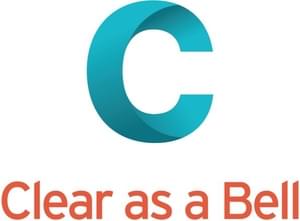I'm writing the narrative for part three of the C-Change, and the word is...
Tension
Notice that tension can describe "mental strain or excitement", which modern neuroscience backs up, showing how the same rush of hormones can trigger both emotions. We cover managing this kind of tension in the C-Change training programme, puttting people at the centre.
For my purposes here, I want to take a fuller definition of number 2 - "(mech) stress by which a bar, cord etc., is pulled when it is part of a system in equilibrium or motion;"
Understanding tensions, and their positive forces, brings people to the heart of leading change. Any change necessarily pulls people in different directions, otherwise there'd be no change at all.
Many tensions play out during change - and you will find some great examples and how to manage them covered in the C-Change training programme. The tension that I believe overarches all change programmes is between Pace and Participation.
How fast you bring in change is in direct tension with the number of different people and perspectives you involve. A successful outcome relies on balancing the two. The management challenge is finding the right mix of pace and participation at different stages of change; the leadership challenge is inspiring people to share the vision and join in the process.
See change all around you!
Don't miss the launch of the C-Change Tensions Framework! Be among the first to find out how it can help you run your change project more smoothly by signing up below to receive this blog direct to your inbox.
